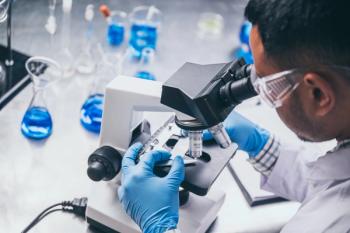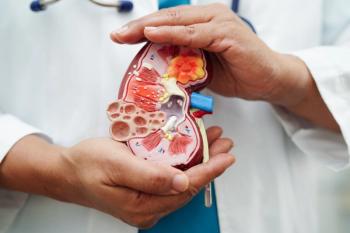
Rate of Investment in Medical Research Decreases in US, Increases Globally
United States devoting less resources to pharmaceutical industry.
United States devoting less resources to pharmaceutical industry.
The rate of investment in medical resources in the United States from 2004 to 2012 declined from the previous decade while investments in research globally have grown, according to a recent study.
Published in the January 13, 2015 issue of JAMA, the study evaluated developments since 1994 in the pattern of which countries conduct and support medical research, in addition to resulting patents, publications, and new drug and device approvals. The researchers also evaluated trends in US and international research funding, productivity, and disease burden by source and the type of industry.
"The analysis underscores the need for the United States to find new sources to support medical research, if the clinical value of its past science investment and opportunities to improve care are to be fully realized,” the authors wrote. “Substantial new private resources are feasible, though public funding can play a greater role. Both will require non-traditional approaches if they are to be politically and economically realistic. Given global trends, the United States will relinquish its historical innovation lead in the next decade unless such measures are undertaken.”
The largest increase in US biomedical and health services research funding occurred between 1994 and 2004 at 6% annual growth. During that time frame, medical device, biotechnology, and pharmaceutical industries experienced growth rates greater than 6% per year, while the share of US medical research funding from industry grew from 46% in 1994 to 58% in 2012.
From 2004 to 2012, however, the rate of investment growth dropped to 0.8% annually, declining in 3 of the last 5 years to $117 billion, or 4.5%, of total health care expenditures.
The study found that early-stage research was reduced in favor of medical devices, bioengineered drugs, and late-stage clinical trials. Cancer and rare diseases were the most significant beneficiaries of this shift.
Meanwhile, National Institutes of Health (NIH) allocations were not found to correlate proportionately with disease burden. Cancer and HIV/AIDS research was funded well above projected levels based on US disability alone, as cancer comprised 16% of total NIH funding and 25% of all medicines in current clinical trials.
The underfunding of service innovation health services research represented between 0.2% and 0.3% of national health expenditures between 2003 and 2011, which was an approximately 20-fold difference compared with total medical research funding.
In ranking 22 industries by their investments in innovation, private insurers came in last at 0.04% of revenue, while health systems finished 19th at 0.1% of revenue.
US government research funding dropped from 57% of the global total in 2004 to 50% in 2012. Similarly, research funding from US companies fell from 50% of the global total in 2004 to 41% in 2012.
The combined US total of the public and private funding share of global research dropped from 57% to 44% during that time frame. In contrast, Asia, particularly China, tripled its investment from $2.6 billion in 2004 to $9.7 billion in 2012.
"To achieve a new strategic vision for research, the United States will need a roadmap that sets priorities, describes needed structural and organizational changes, and creates an environment that enables innovation," wrote Victor J. Dzau, MD, in an accompanying editorial. "The needed changes include better coordination across funders and research institutions, development of new funding sources, improved grant evaluation processes, changes in education and training, rationalization of capital investments, and improved operational efficiencies. By taking the necessary political and institutional steps to ensure commitment of adequate resources over time, adopting a comprehensive research strategy, and attaining greater coordination and efficiency, the United States can retain its leadership position in biomedical research."
Newsletter
Stay informed on drug updates, treatment guidelines, and pharmacy practice trends—subscribe to Pharmacy Times for weekly clinical insights.



















































































































































































































